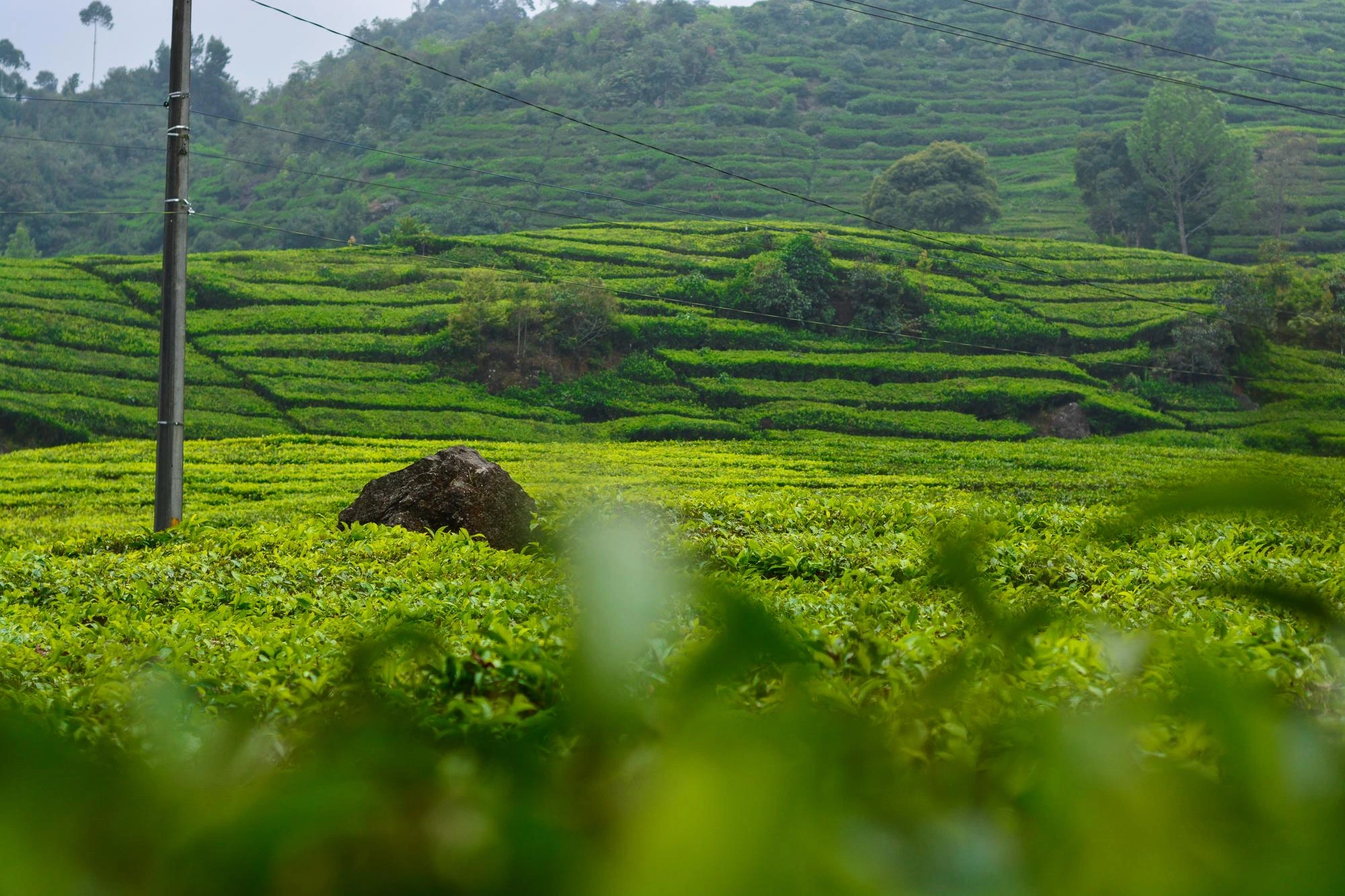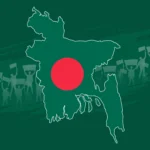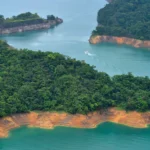The tea garden of Bangladesh is more than just a scenic escape—it’s the beating heart of Sylhet, Sreemangal, and even the emerging plantations of Panchagarh. For travelers from the USA, Europe, or beyond, these tea estates combine the charm of emerald hills, colonial history, indigenous culture, and authentic experiences that rival world-famous tea regions like Darjeeling or Assam.
In this ultimate guide, you’ll learn everything about the tea gardens in Bangladesh—from iconic estates in Sylhet to hidden gems like Panchagarh, plus tips on when to visit, what to do, and how to plan your trip with Bangladesh Explore.
Why Visit the Tea Gardens in Bangladesh?
Bangladesh isn’t always the first country that comes to mind for tea lovers. Yet, the nation ranks among the top tea producers in the world. With over 150 tea gardens spread across Sylhet, Moulvibazar, Habiganj, and Panchagarh, the country offers:
- Stunning landscapes: rolling green carpets of tea bushes on terraced hills.
- Cultural immersion: indigenous Khasia and Manipuri villages, betel-leaf gardens, and weaving traditions.
- Unique flavors: from the famous seven-layer tea in Sreemangal to fresh estate leaves brewed right on the spot.
- Nature escapes: Lawachara rainforest, Ratargul swamp forest, and Baikka Beel wetland sanctuary.
For tourists searching “tea garden Sylhet Bangladesh” or “tea garden in Sylhet,” this region is your gateway to a truly unforgettable South Asian journey.
Sreemangal – The Tea Capital of Bangladesh
Sreemangal, located in Moulvibazar district, is often called the “Tea Capital of Bangladesh.” It’s home to the country’s oldest and largest estates, including Malnichhera Tea Garden, founded during British colonial times.
Must-Visit Tea Gardens in Sreemangal
- Malnichhera Tea Garden – Bangladesh’s first tea estate, with historical significance and wide open vistas.
- Finlay Tea Estate – Renowned for traditional tea production and expansive views.
- Seven-Layer Tea at Nilkantha Cabin – An iconic beverage that layers seven distinct tea flavors in a single glass.
Other Highlights Around Sreemangal
- Lawachara National Park – A rainforest with hoolock gibbons, orchids, and bamboo groves.
- Baikka Beel Wetland Sanctuary – A paradise for birdwatchers, especially in winter.
- Khasia Villages – Matriarchal communities known for betel leaf cultivation.
- Madhabpur Lake – A serene waterbody surrounded by tea estates, perfect for photography.
Tip: For USA and EU tourists, Sreemangal is best visited between November and February when the weather is cool and ideal for exploring plantations.
Sylhet Tea Gardens – Beyond Sreemangal
The greater Sylhet division is covered with rolling tea estates. Some of the most picturesque tea gardens in Bangladesh are found here:
- Lalakhal – A river with emerald-blue water, framed by tea gardens.
- Jaflong – Border tea estates with stone collection scenes and views of India’s Meghalaya hills.
- Ratargul Swamp Forest – A “floating forest” experience that pairs perfectly with a tea garden visit.
Panchagarh – The New Frontier of Tea in Bangladesh
While Sylhet is the traditional tea hub, Panchagarh in northern Bangladesh has emerged as a new tea-growing region.
- Began in early 2000s; now over 3,500 acres under cultivation.
- Cooler climate and Himalayan foothill soil conditions make Tetulia tea unique.
- Tours here showcase newer estates, nurseries, and opportunities to see Bangladesh’s evolving tea industry.
For international travelers, Panchagarh offers an off-the-beaten-path adventure that feels very different from Sylhet’s colonial-era estates.
Experiencing Tea Culture in Bangladesh
Visiting a tea garden in Sylhet Bangladesh isn’t just about sightseeing—it’s about immersing in the culture.
- Meet Tea Workers: Over 300,000 workers, 75% women, are engaged in tea plucking.
- Tea Factory Tours: Learn how fresh green leaves are transformed into black tea.
- Taste Fresh Brews: Nothing compares to sipping tea made with leaves just plucked that morning.
- Stay in Colonial Bungalows: Some estates still maintain British-era wooden homes with sprawling lawns.
Best Time to Visit the Tea Gardens of Bangladesh
- November – February: Cool and dry, perfect for trekking and outdoor activities.
- March – May: Tea plucking season; great for photography.
- June – October (Monsoon): Lushest greenery, dramatic skies, but expect heavy rain.
How to Visit Tea Gardens in Bangladesh
- From Dhaka to Sylhet/Sreemangal:
- By train (Parabat, Upoban, Kalni Express).
- By AC bus (6–7 hours).
- By domestic flight to Sylhet + road transfer.
- Getting Around Locally:
- CNG auto-rickshaws (budget option).
- Private cars or guided tours for comfort and deeper access.
Travel Note for Foreigners: Some areas in Sylhet tea estates are restricted; it’s best to go with a registered tour operator like Bangladesh Explore for smooth entry and cultural sensitivity.
Responsible Tourism in Tea Gardens
Tourism should benefit local communities. Here’s how you can travel responsibly:
- Always ask permission before photographing workers.
- Buy tea directly from estate shops to support local livelihoods.
- Respect private areas and avoid wandering into restricted factory zones.
- Choose eco-friendly tours (solar-powered boats, community homestays).
Tea Garden Itineraries
2 Days – Sreemangal & Lawachara
- Day 1: Dhaka → Sreemangal → Malnichhera → Seven-layer tea.
- Day 2: Lawachara trek → Baikka Beel → Return to Dhaka.
3 Days – Sylhet & Tea Gardens
- Day 1: Tea gardens + Lalakhal cruise.
- Day 2: Ratargul swamp forest + Jaflong.
- Day 3: Sylhet shrines & return.
4 Days – Panchagarh Extension
- Day 1–2: Explore Sylhet tea gardens.
- Day 3–4: Tetulia estates in Panchagarh.
Top 10 Tea Gardens & Experiences in Bangladesh
- Malnichhera Tea Garden (Sreemangal)
- Seven-Layer Tea at Nilkantha Cabin
- Lawachara National Park
- Baikka Beel Wetland Sanctuary
- Ratargul Swamp Forest
- Lalakhal River Cruise
- Madhabpur Lake
- Khasia & Manipuri Villages
- Tetulia Tea Gardens (Panchagarh)
- Tea Factory Tours (seasonal access)
Frequently Asked Questions (FAQ)
Which is the best tea garden in Bangladesh for tourists?
Malnichhera Tea Garden in Sreemangal is the most famous and accessible for visitors.
What’s the best time to see tea plucking?
March–May and Monsoon season are peak for active plucking.
Where can I try the famous seven-layer tea?
At Nilkantha Tea Cabin in Sreemangal.
Can foreigners visit Panchagarh tea gardens?
Yes, with a guide or tour operator. The area is less developed but highly rewarding.
Is Lawachara safe for families?
Yes, with a licensed guide. It’s a protected forest with maintained trails.
Book Your Tea Garden Tour with Bangladesh Explore
At Bangladesh Explore, we specialize in curated itineraries for international travelers who want to experience the authentic tea gardens of Bangladesh. Whether you’re interested in a 2-day Sreemangal escape or a longer Sylhet–Panchagarh adventure, our local guides ensure safe, sustainable, and memorable journeys.
👉 Contact us today to plan your tea garden adventure in Bangladesh.





